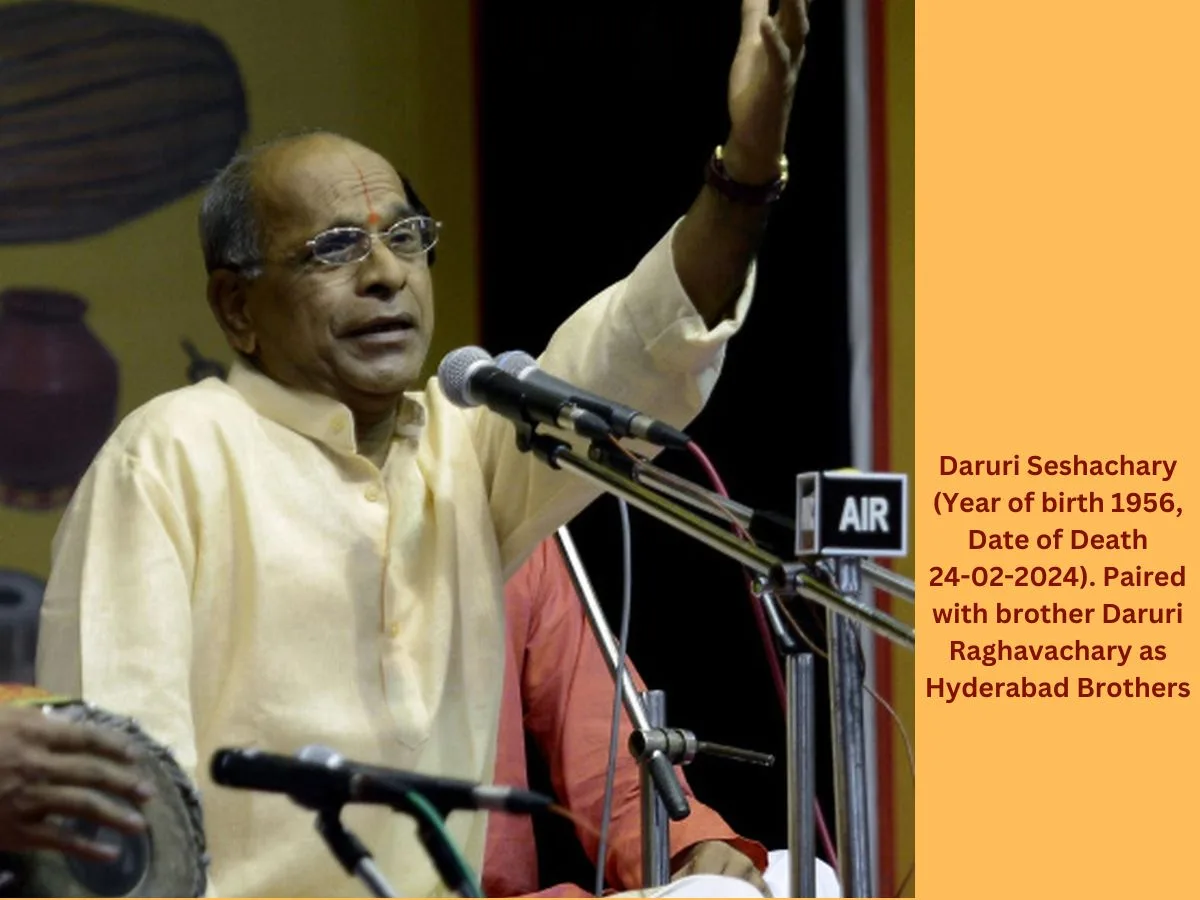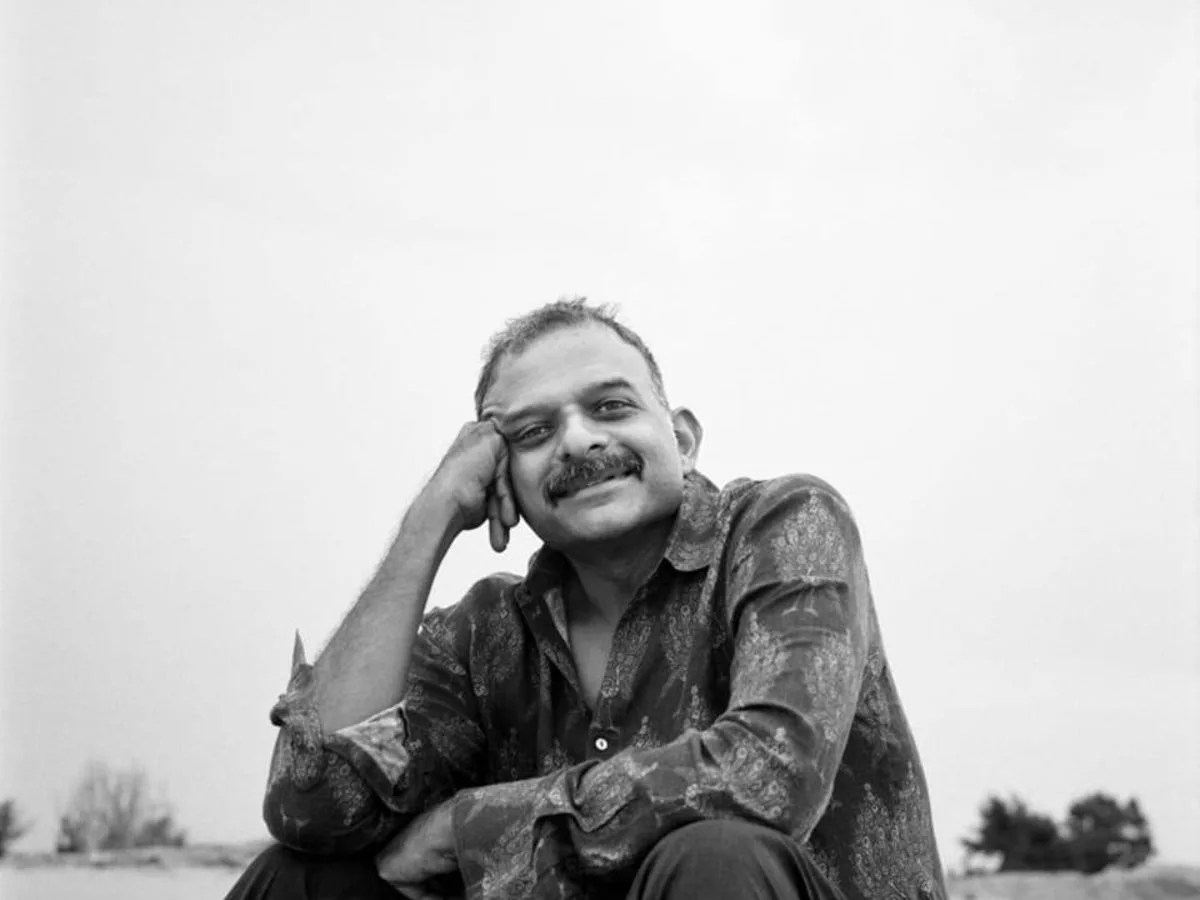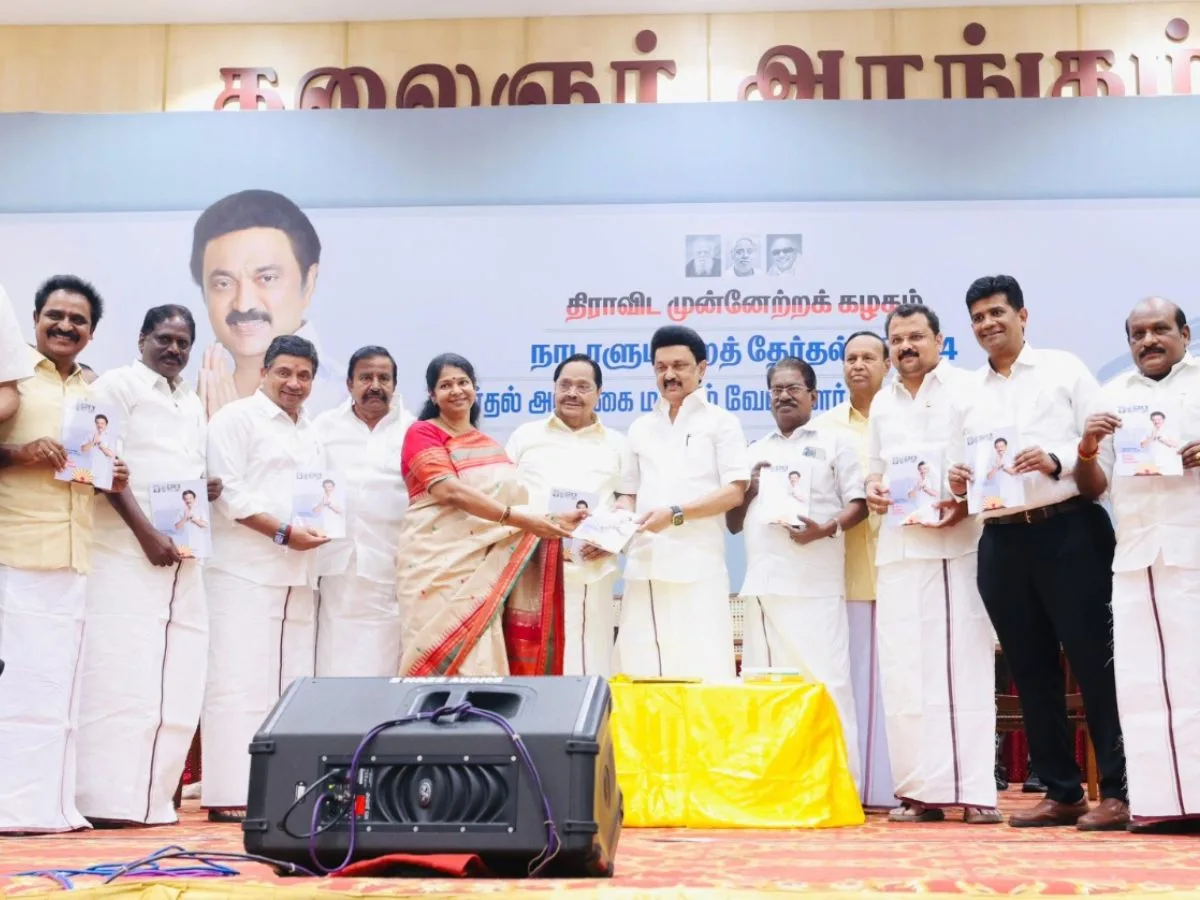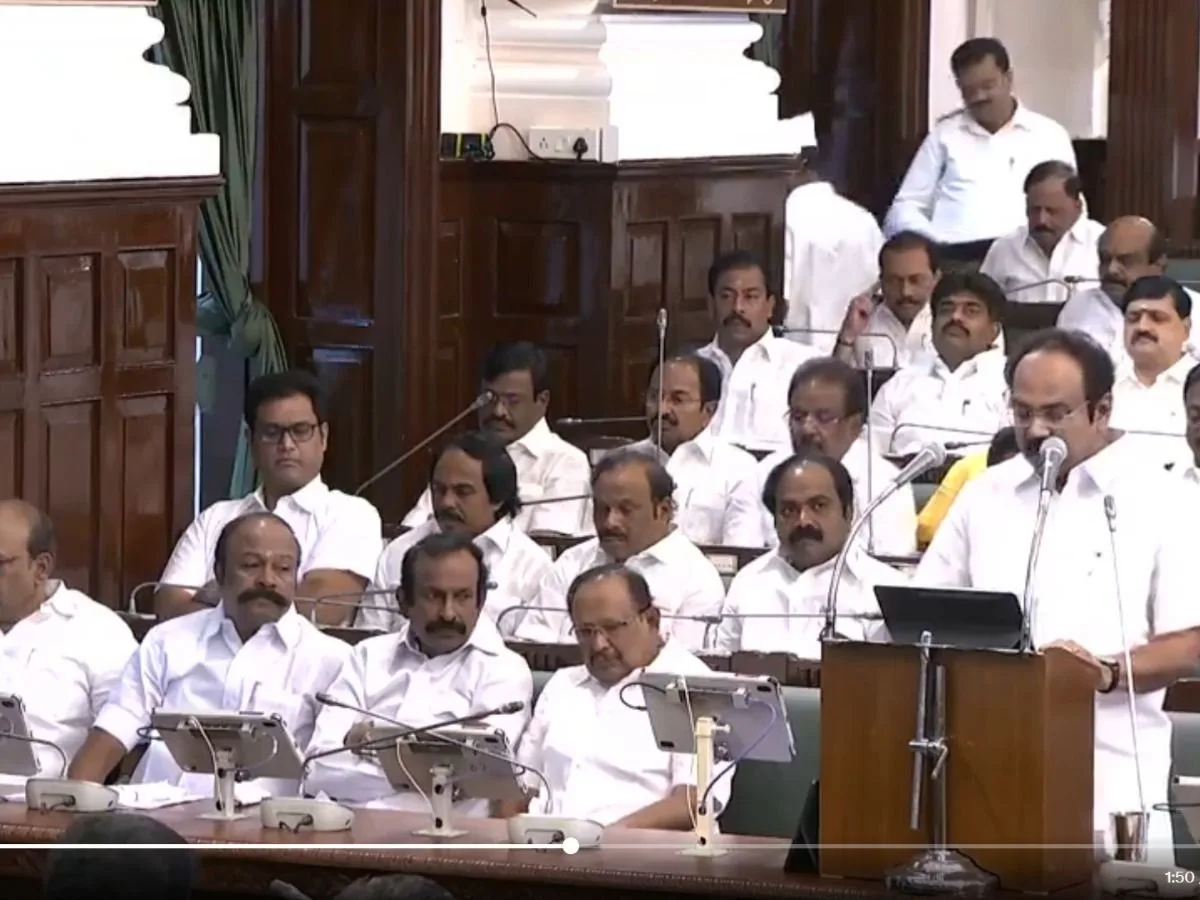Read in : தமிழ்
Nagasvaram may be the king of instruments in Tamil Nadu. Musically, it has the pride of place in the Carnatic system. It is to the nagasvaram that vocalists turn to for the nuances. Yet, though the Carnatic music “market” has a flock of ‘disciples’ learning vocal, violin, veena or the flute, few turn toward nagasvaram.
Sangita Kalanidhi Flutist N Ramani once said that he has nearly 1,000 disciples spread in every corner of the world. But, until today, nagasvaram vidwans have come largely from the isai vellalar community. Parents from most communities barring the isai vellalars don’t send their children to learn nagasvaram. Why hasn’t the learning of the instrument expanded to cover other communities including brahmins?
Is it a question of stamina? Is it the stigma attached to the inevitable technique involved in the wetting of seevali with one’s saliva?
A star weighs in
Injikudi Subramaniam who has carried away hearts with some delectable performances says: “I don’t think it is a question of stamina. It is true that temple festivals would begin in the evening with swami purappadu (the deity being carried around) to the accompaniment of nagasvaram which had to perforce continue till the small hours of the day. It was certainly a great strain on the nagasvara vidvan. But during those days even concerts by vocalists like Alathur brothers or Maharajapuram Visvanatha Iyer used to last for five hours and more”.
Injikudi, as he is known among friends, also reminds you of the gurukkal (priest) who too had the task of being with the deity throughout, performing the required ceremonies, awake and alert all the time. The pujari also had to strain himself. Some pujaris thought of this as an offering or even a boon. “Many musicians conducted akhandams (by a single artiste) where they had to continue their singing for a good 12 hours at a stretch”, he adds.
While a fit body goes a long way in order to deliver a healthy voice the nagasvara vidvans would require to keep all parts of the upper trunk exceptionally fit.
Dismissing the idea that non-vegetarian food is necessary to acquire the blowing power needed for nagasvaram, he remembers how his father Sri Muthukumaraswamy Pillai would insist on taking a healthy diet – plenty of proteins, butter and ghee. He had also seen his father have a liberal intake of sundakkai (turkey berry) and took exceptional care of his health by taking oil baths.
Medical truths
Dr Prakaash Boominathan, Head, Speech Language and Hearing Department, Sri Ramachandra University, is not sure if the concept of blowing power has medical meaning. In his 20 years, he has not come across any nagasvaram artiste losing it. Such artistes may however have to deal with laryngocele, he says. This is a swelling or bulge outward at the neck accompanied with sore throat or observed in the form a high pitch sound at the time of inhalation or exhalation because of the strain the vidwans may undergo.
Dr Boominathan does say playing the nagasvaram requires much brawn power. While a fit body goes a long way in order to deliver a healthy voice the nagasvara vidvans would require to keep all parts of the upper trunk exceptionally fit. “May be they undergo some fitness schedule quietly,” he says.
Plenty of protein intake is a must, and the isai vellalar community habitually consumes non-vegetarian food which takes adequate care of this. What matters most is the pressure and control of the wind that is being blown.
On nagasvara vidvans taking special food to increase lung power, Dr Boominathan says that this power is not something special and is needed for life itself. The vidvan uses the energy cleverly and puts to intelligent use his lung power. Unlike the vocalist whose mouth and tongue carry out their respective functions to embellish the music, for the nagasvara vidvan the function of the vocal tract is done by the instrument. Remember, for a vocalist the mouth cannot distort the sound. The nagasvara vidvan has a lung capacity that is as natural as for any other, but he develops the “throw and flow” of air by training.
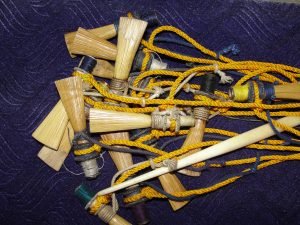 D Balasubramanian is an Indian biophysical chemist and ocular biochemist. He is presently Director of Research at the Prof. Brien Holden Eye Research Centre of L. V. Prasad Eye Institute, Hyderabad. He feels that non-vegetarian food does not necessarily give more stamina and strength than vegetarian food. Many vegetarians get their proteins, which is the source of strength, from the lentils (dal) in their diet (sambar, rasam, milk and curd, daal). Dr. Saloni, a pathologist from Apollo Hospitals, feels that it is a question of regimented breathing exercises that would be useful for a nagasvara vidwan. She warns against consuming meat and fish in its fried form that would offset its protein richness.
D Balasubramanian is an Indian biophysical chemist and ocular biochemist. He is presently Director of Research at the Prof. Brien Holden Eye Research Centre of L. V. Prasad Eye Institute, Hyderabad. He feels that non-vegetarian food does not necessarily give more stamina and strength than vegetarian food. Many vegetarians get their proteins, which is the source of strength, from the lentils (dal) in their diet (sambar, rasam, milk and curd, daal). Dr. Saloni, a pathologist from Apollo Hospitals, feels that it is a question of regimented breathing exercises that would be useful for a nagasvara vidwan. She warns against consuming meat and fish in its fried form that would offset its protein richness.
Status quo
Musicologist B M Sundaram has documented nagasvara vidvans from the past to the present in his book Mangala Isai Mannargal. This book is an invaluable document and gives a brief account of 68 nagasvara vidvans and 43 thavil players. In his preface to the book, he laments that nagasvara and thavil vidvans though endowed with spectacular musical abilities do not enjoy equality of social status with vocalists or other instrumentalists. On the issue of other communities approaching to master the nagasvaram he feels that the use of saliva in conditioning the seevali at the time of blowing has served as a deterrent. It was seen as a kind of clan-embargo (kula gowravam). In the case of the thavil, the instrument is made of leather and the binding chords are drawn from the skin of the buffalo. Braving all this, Palani Lakshmi Narasimaha Iyer and Ranganatha Bhattacharya of Thirucheerai who is a bhattachari (involved in the sacred rituals) took it upon themselves and made a name as nagasvaram and thavil players respectively.
Sangita Kalanidhi T V Gopalakrishnan is a vocalist, a mridangist and a flute player, all rolled into one. “Though I have not tried the nagasvaram, I have been able to grasp its nuances and teach them to others,” he says with all humility. He further says that he has taken to singing fully and the required stamina-related aspects are quite different from what is required for the nagasvaram.
“Though I have not tried the nagasvaram, I have been able to grasp its nuances and teach them to others,” says T V Gopalakrishnan
TVG differentiates the nagasvaram from the flute, too. Unlike the flute where air has to be blown gently and directly into the hole being held between the lips, the nagasvaram needs air to be conserved in the mouth to be blown through the seevali. Though consistency is the main issue the player gradually gets used to it. The gamakas (micro-oscillations) are produced by using the lips, tongue, movement of the fingers and the mouth too. Nagasvaram is proverbially held as the asura-vadhyam (devilish instrument) on account of the energy required to play plus the techniques involved in it.
If someone invented a new instrument today, Palakkad Sriram will be able to play it in an hour’s time. Such is the virtuosity of this musician who starts talking about the woodwind instrument Oboe which operates on the same principle as the nagasvaram – blowing into the reed with sufficient air pressure to produce sound. “Unlike the flute, nagasvaram does not have the concept of partially open holes to help attain the gamakas. They (gamakas) exist more in the mind than in the operation of the instrument. Breath control is the only way of producing them.” He points out that the use of leather in mridangam has not been a show stopper as far as learning the instrument is considered and opines that the support system that the isai vellalar community has developed has helped them to sustain the art. B M Sundaram too talks about this aspect.
It would be of relevance to mention the stand taken by T M Krishna in his book, A Southern Music – The Karnatik Story. “…..though the nagasvara vidvans pracitsed music as ritual music…. ….their music went far beyond ritual. They were creating abstractive art objects but within the ritualistic content.” On playing ragas to suit the time of the day and the ritual being carried out (e.g. mallari, raga nilambari) showed “how it is possible for the artist to conform to the social context of practice yet take the music innovatively beyond that context. And sadly: “The paradigm of the kutcheri largely ignores an important art music community: that of nagasvara vidvans, the nagasvara and tavil vidvans…. (they) were the greatest practitioners of art music “.
Read in : தமிழ்

